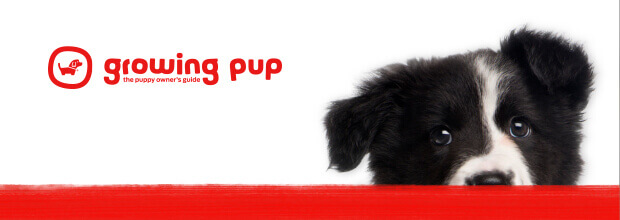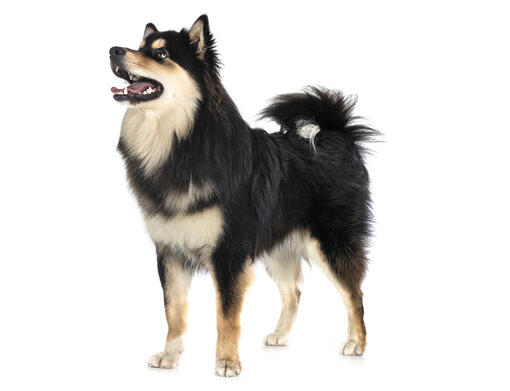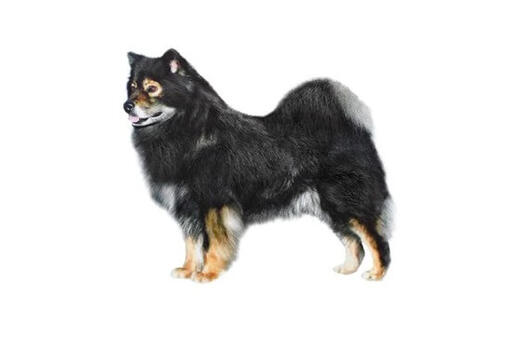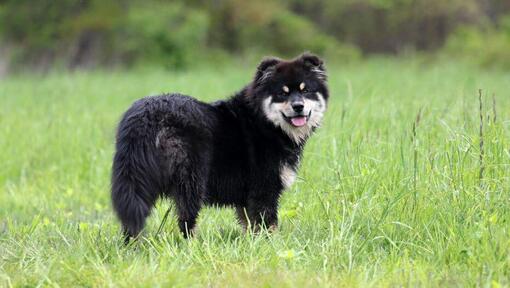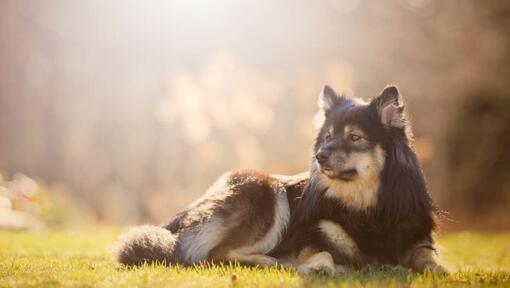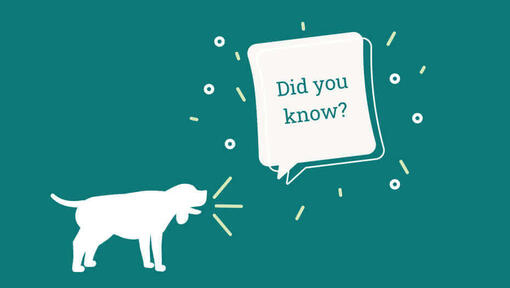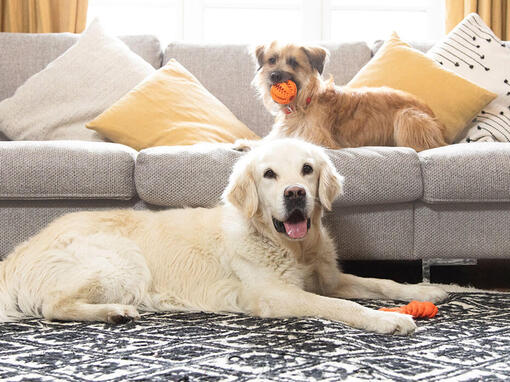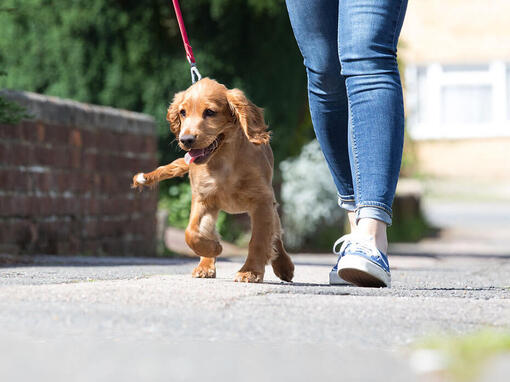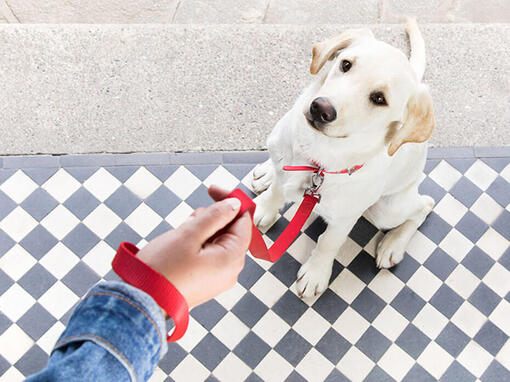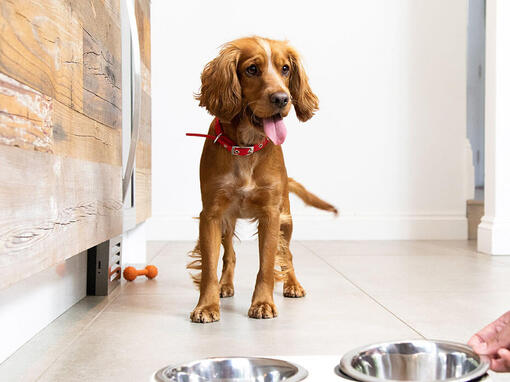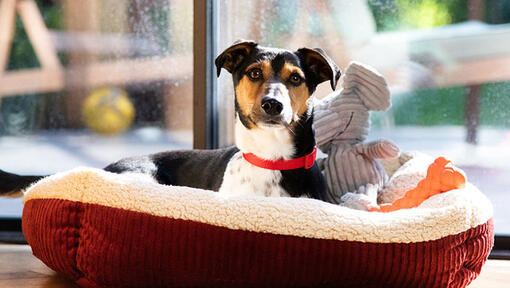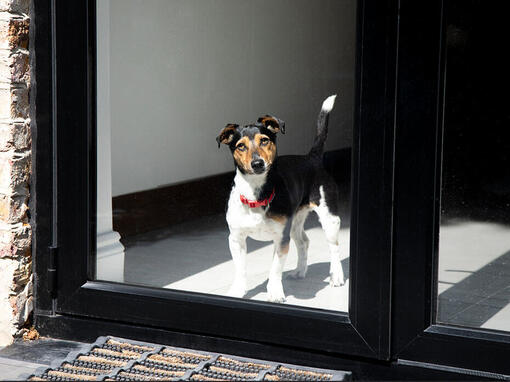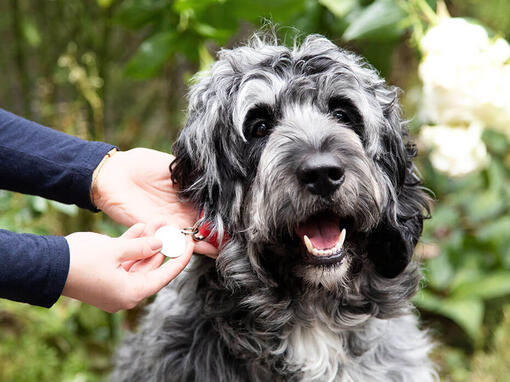Developed north of the Arctic Circle to herd reindeer, the Finnish Lapphund has a thick, water-repellant double coat that protects him from extreme cold. Agile and alert, this breed is eager to please and has a calm temperament, making him an ideal family pet. His sweet face is likened to that of a teddy bear. The Finnish Lapphund needs daily exercise to keep him from becoming bored as well as regular grooming.
DID YOU KNOW? The Finnish Lapphund is the third most popular breed in Finland.
ALSO KNOWN AS: Lapinkoira, Suomenlapinkoira


